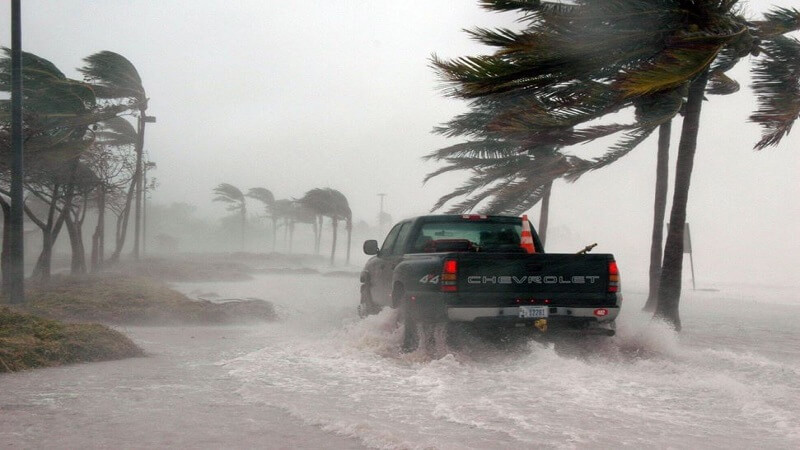As humans, we are constantly at the mercy of Mother Nature and her unpredictable temperaments. With the rise of extreme weather conditions, it has become imperative for us to take necessary measures to safeguard our homes and families. From scorching heatwaves to devastating hurricanes, it is crucial to be prepared for any eventuality.
But where do you start? How can you ensure that your home is equipped to withstand the wrath of nature? In this blog post, we’ll guide you through the essential steps on how to prepare your home for extreme weather conditions.
Reinforce Your Home’s Structure
Begin by inspecting the integrity of your home. Ensure your roof is in good condition, as it is one of the most vulnerable areas during high winds or heavy snow. Replace missing or damaged shingles and consider installing hurricane straps or clips to secure the roof to the walls.
Reinforce garage doors and windows with storm shutters or impact-resistant glass to protect against flying debris. It’s also helpful to consult experts to better prepare your home, especially on your roof. Check out a roofing contractor in Springfield, PA, to learn more.
Seal and Insulate
Sealing gaps around windows, doors, and foundations not only helps with energy efficiency but also keeps moisture and cold air out during storms and freezing weather. Adding insulation in the attic and walls can stabilize indoor temperatures, which is especially important during extreme heat or cold. Caulk cracks and install weather stripping to reduce the chances of leaks and drafts.
Prepare for Power Outages
Power outages are common during extreme weather events. Equip your home with a backup generator to maintain essential functions like refrigeration and heating.
Stock up on batteries, flashlights, portable chargers, and a battery-powered radio for updates. Consider investing in surge protectors to protect electronic devices from power surges.
Create a Drainage Plan
Flooding is a major concern during heavy rains or hurricanes. Clear gutters, downspouts, and drains to ensure water flows away from your home.
Install sump pumps in basements and make sure they’re functional. If you live in a flood-prone area, consider raising your home’s electrical systems above potential flood levels and using waterproof barriers.
Landscape Wisely
Your yard can either help or hinder your home’s protection during extreme weather. Trim dead or overhanging branches that could damage your home during strong winds or heavy snow.
Avoid planting large trees too close to the house. Use gravel or other permeable materials in driveways and walkways to promote drainage and prevent water accumulation.
Stock Emergency Supplies
Keep a well-stocked emergency kit with essentials such as food, water, medications, first-aid supplies, blankets, and important documents in a waterproof container. Store at least three days’ worth of supplies for each family member. Include pet supplies if necessary.
Stay Informed and Have a Plan
Sign up for local emergency alerts and know your evacuation routes. Create a family emergency plan that outlines how to communicate and where to meet if separated. Practice the plan regularly so everyone knows what to do.
Begin Preparing Your Home Today
Preparing your home for extreme weather is not just about physical fortification – it’s about peace of mind. By taking proactive steps now, you can reduce the risk of damage, ensure safety for your family, and recover more quickly when disaster strikes. Start your preparation today!
If you want to read more articles, visit our blog.

